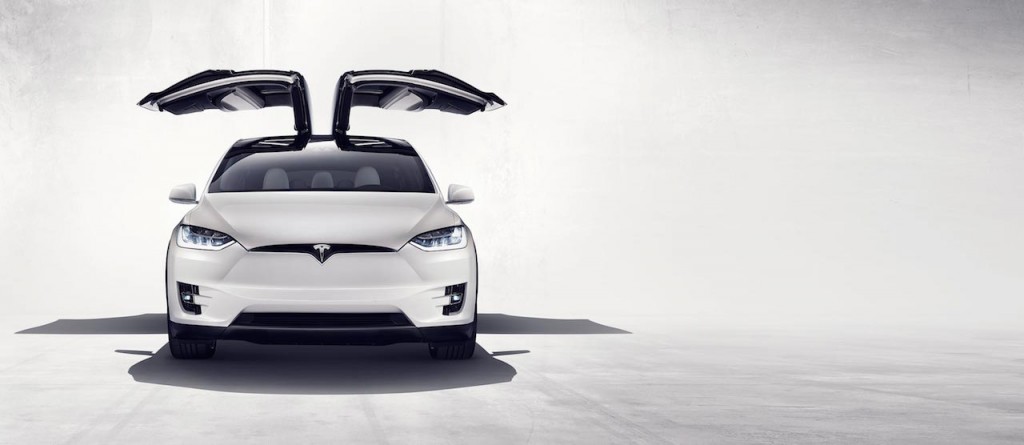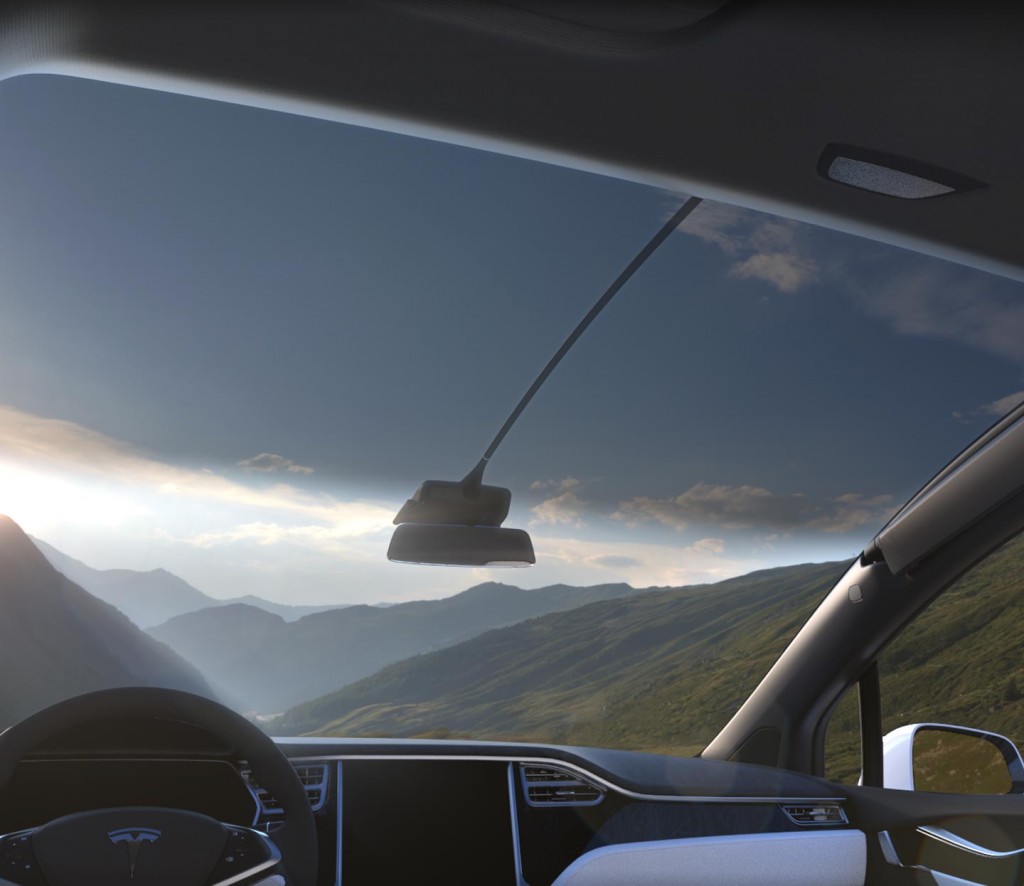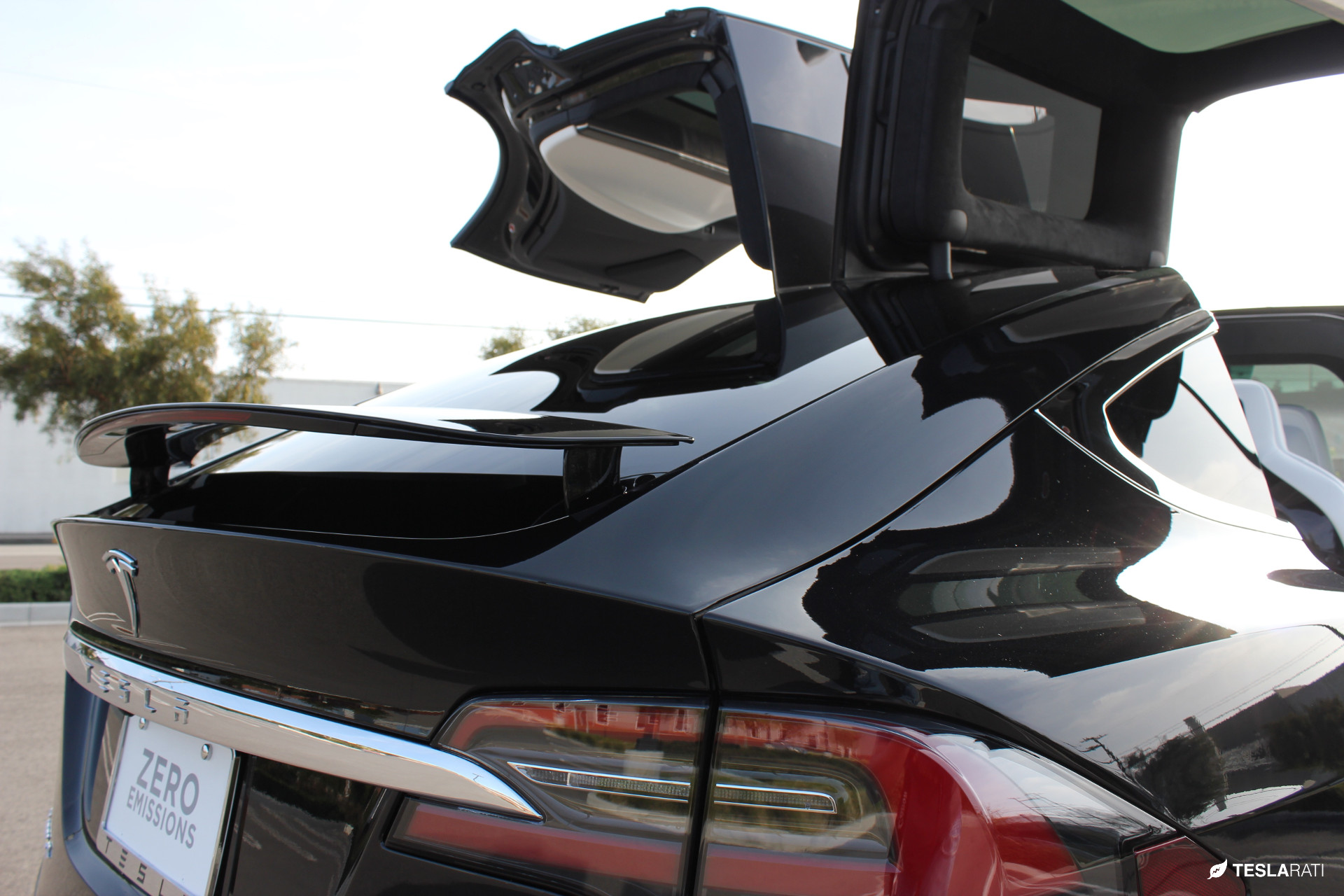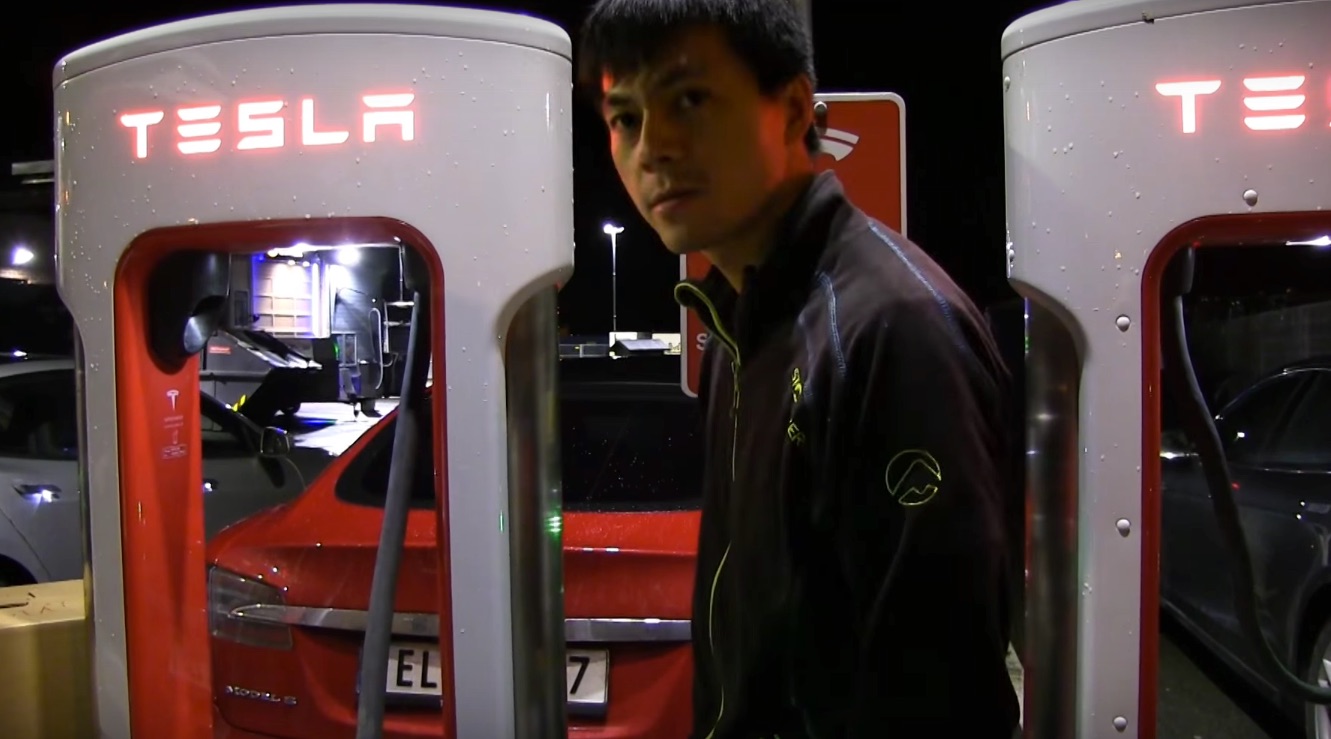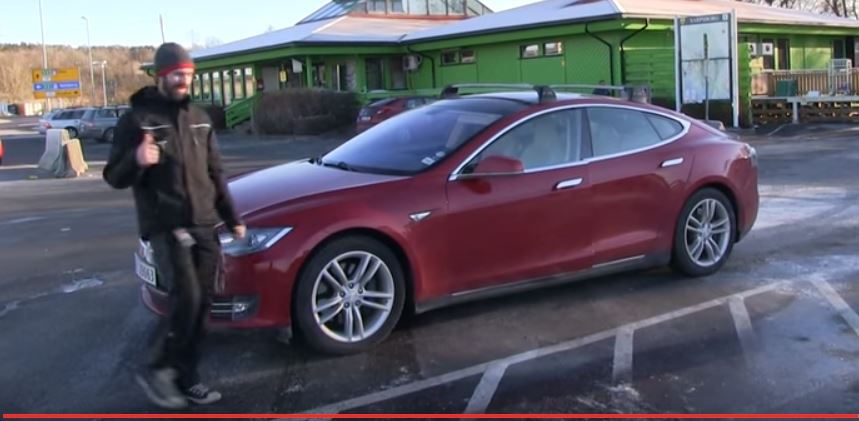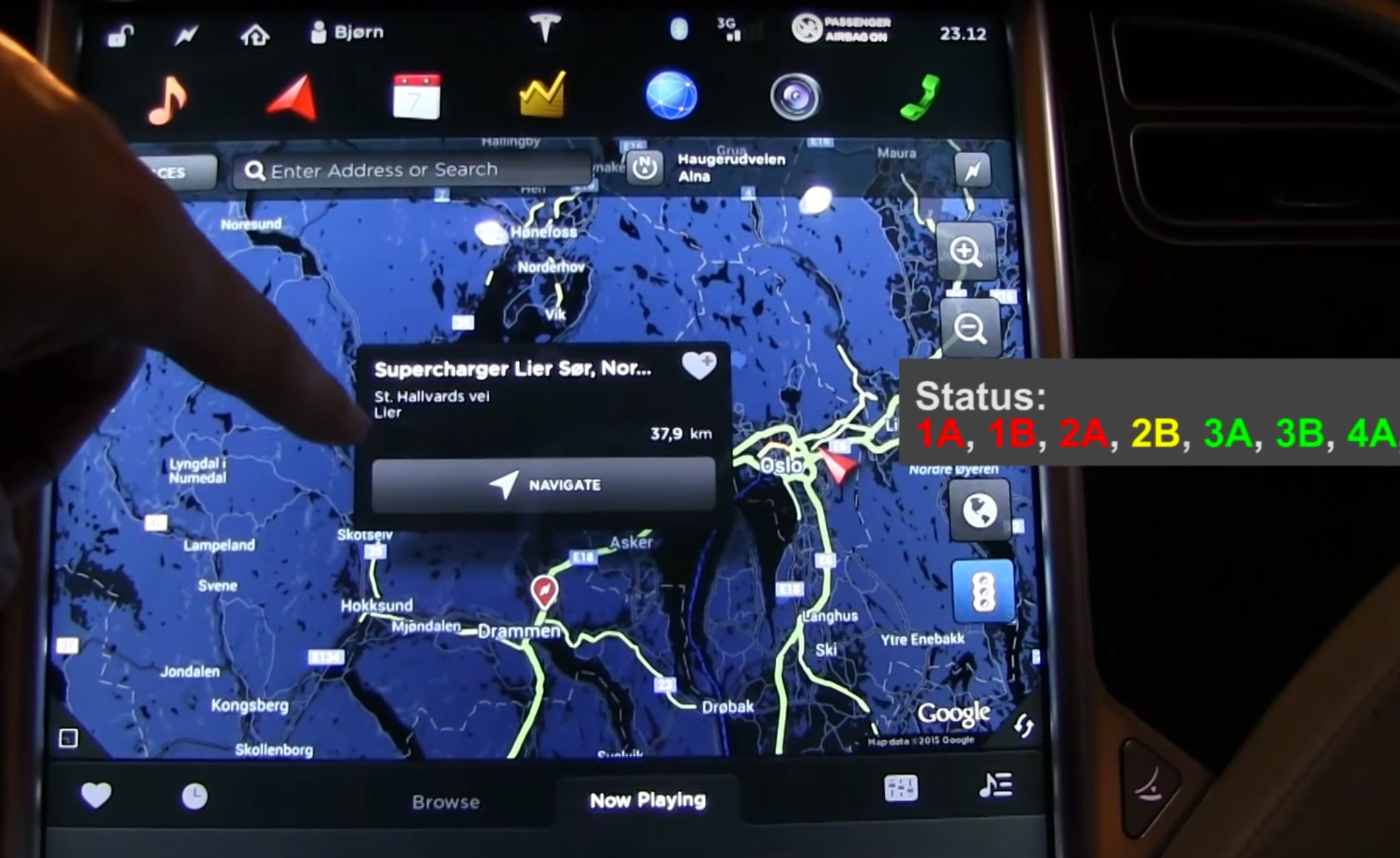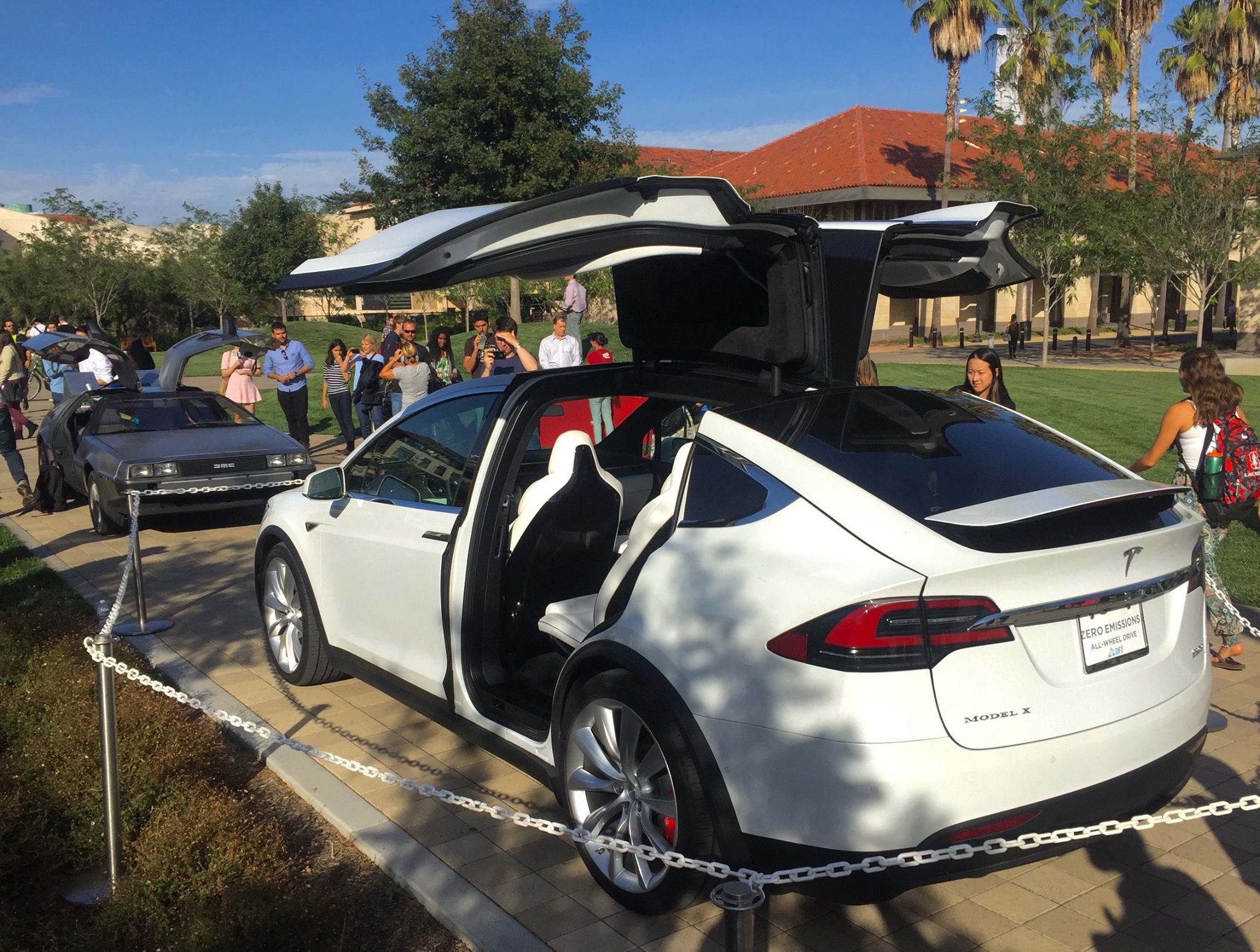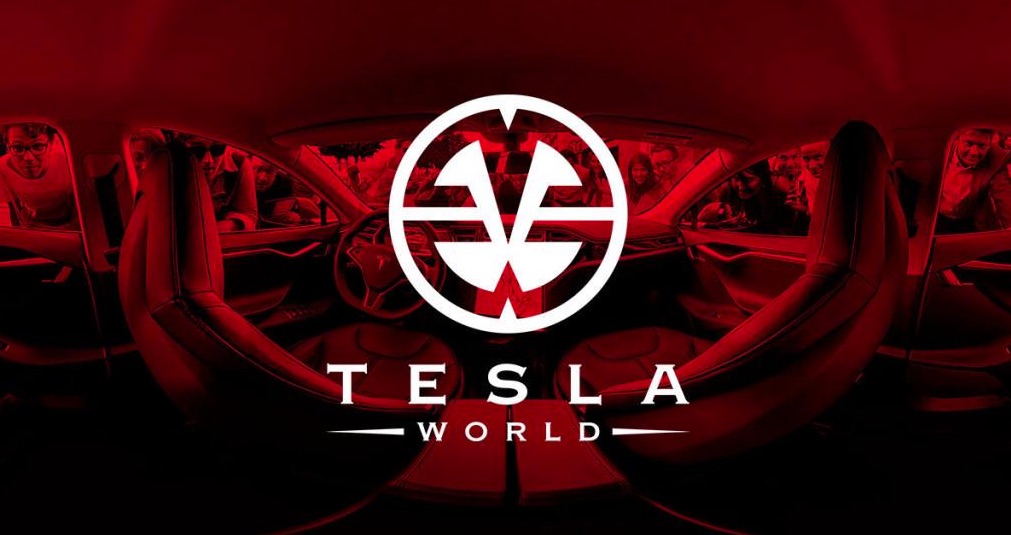News
Thoughts About the Model X from a Model S Owner
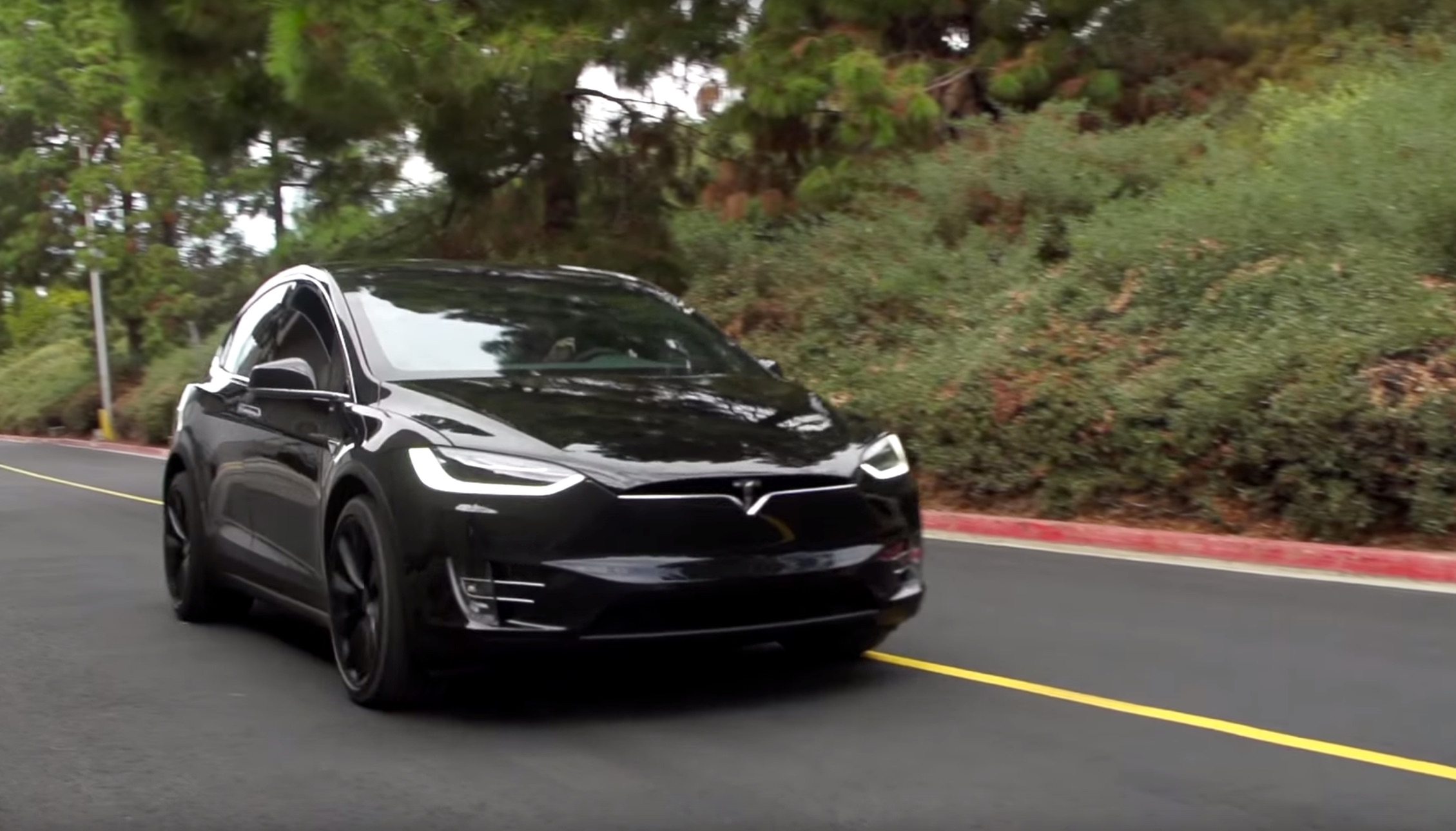
Here’s a little story about my journey to becoming a Model X owner. I started my search for a new car roughly two years ago to replace my aging Acura MDX SUV. Gas prices were at an all time high back then and having a monthly expenditure of $600 for transportation was something I could surely do away with. I did my fair share of research on hybrids in hopes I would eventually choose one as a replacement car, but ultimately dismissed them as an alternative due to the complexities of the powertrain. That was until I ran into Tesla and its Model X. The rest was history.
The Model X Promise
I finally narrowed my search among hybrids and EVs to Tesla’s Model X. The Model S was already available for order at the time and the Model X was still coming soon. I’d driven SUVs for the last 14 years and had an affinity towards them. Needing to survive through the New England winters, while living on a farm with an expanding family, naturally skewed my pursuits for a SUV as it seemed to be the right fit for my lifestyle. Although I had already fallen in love with the Model S, I managed to curb any desires to purchase one and waited patiently on the Model X through much of the second half of 2013 and early 2014.
That was until the Model X delivery estimate began to slip from “early 2014” to “late 2014”, and then again to “second quarter 2015” (it would be postponed yet again later on). I eventually got the hint that the Model X wasn’t going to roll off the production line anytime soon. To make matters worse, my aging SUV was surpassing 200K miles and my kid was becoming of driving age and was to receive the hand-me-down SUV.
I really wanted the Model X but inevitably I started to think about whether the Model S could satisfy my criteria for a new car, as follows:
- Must have plenty of room for carrying around luggage, sports gear, bikes, farm stuff, etc.
- Something I could drive all year round and has maximum safety
- Must have enough room for seven people
I left off the need to have a towing package on my must-have list because in my seven years and 200k miles of ownership on the Acura MDX, I never used its built-in towing capabilities once. The MDX had more than ample space for bikes, which I would place inside the car, and roof mounted equipment using the roof rack.
I watched countless Bjorn Nyland videos and ones from Tesla, so much that I was thoroughly convinced that the Model S (real wheel drive was the only option at the time) could be driven in the harshest of winter environments.
My thoughts around owning a seven seater started to dissipate. When my daughter was young, I would haul her and a pack of her friends around in a seven passenger vehicle. But as she grew up and no longer needed rides other than for a few close friends and her boyfriend (sigh), having a vehicle to seat seven became less of a requirement.
And for that reason, I forewent my Model X and ordered the Model S instead during March of 2014. That turned out to be one of the best decisions I’ve ever made in life.
Longing for the Model X
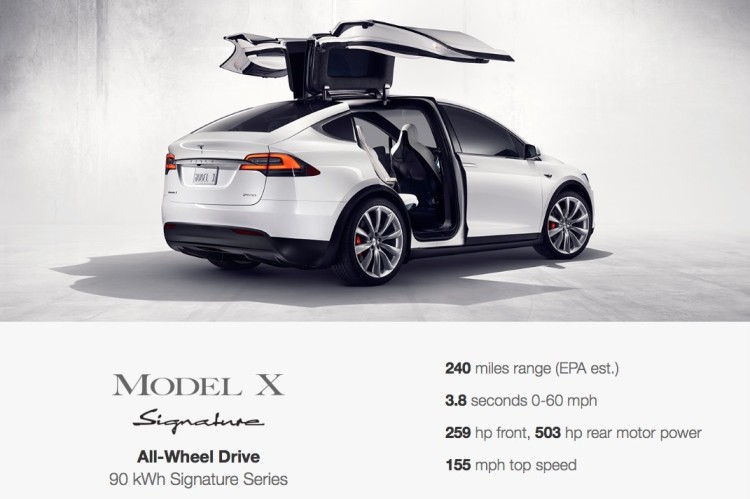
Despite being happily committed to my Model S as a relatively new owner, I still couldn’t stop myself from thinking about the Model X and ultimately ended up putting down a reservation for one once the Design Studio became available. I had convinced myself that a SUV is what I really wanted from the get go. Perhaps I’d trade my Model S in for the X but I still had time to figure that out.
I had also justified placing a deposit on the Model X because my wife’s SUV, a ML 350 diesel, was starting to experience a lot of mechanical and maintenance issues despite being only 20K miles old (we bought it used). I figured that the X would serve as a great replacement vehicle because frankly I was sick of maintaining her SUV.
Finally, Hello Model X
Nearly two years after I was introduced to the Model X online, I finally witnessed its unveiling, along with the rest of the world, via the Model X online test drive videos. The reactions to it seem generally mixed according to friends that attended the Model X launch event. Don’t get me wrong, the Model X is an amazing and transformative vehicle, but to me I felt that I could not obtain much utility from it over what my Model S is already capable of providing.
Sure I’d love to have all wheel drive, autopilot, and being able to open falcon wing doors in tight parking spaces, but even those features aren’t radically different than newer versions of the Model S, less the falcon wing doors.
The Model X panoramic windshield is cool although I’m not sure I’d welcome that much sunlight on me while driving. The ‘bio weapon defense mode‘ seems gimmicky to me and a feature that feels cooler to talk about than it would live out in the real world.
The falcon wing doors are amazing and unique but I can’t help but think that its complexity will lead to long term maintenance problems for Tesla. And after all the challenges faced with creating the rad falcon wing doors, they compounded difficulties by creating auto opening front doors. And what about the active rear spoiler? Why is it deployed in all pictures? Will it ever retract?
What surprised me the most during Elon’s 30 minute presentation on the Model X was the amount of time he spent describing the vehicle’s safety rating and air filtration capabilities. Compare this presentation to an Apple product launch event that’s typically packed with detailed specifications and you’re left feeling a bit underwhelmed. Does anyone know the cargo room for the Model X? How wide is it? How tall? How long? What is the max height of the falcon wing doors? Do all the seats fold flat? A car that costs over $132,000 shouldn’t have details as vague as they are.
We caught glimpses of Firmware 7.0 features on the Model X, but there’s still no official word from Tesla that a new interface will be launched with the Model X.
My Future with the Model X
Electric vehicles are the future and Tesla is clearly leading the way in this new vertical. From the Roadster, to the Model S, and to the Model X, Tesla continues to innovate and redefine what an automobile should be like.
While I still have my Model X reservation, I want to know a lot more about it, touch it and maybe even drive it before I decide on the fate of my reservation. Fortunately, my wife’s SUV started behaving as of late, and I’m also very happy with my Model S. Now is probably not the best time for me to pick up a new Model X, but I can easily see a day when all my cars will be electric powered — and made by Tesla.
News
Tesla launches in India with Model Y, showing pricing will be biggest challenge
Tesla finally got its Model Y launched in India, but it will surely come at a price for consumers.
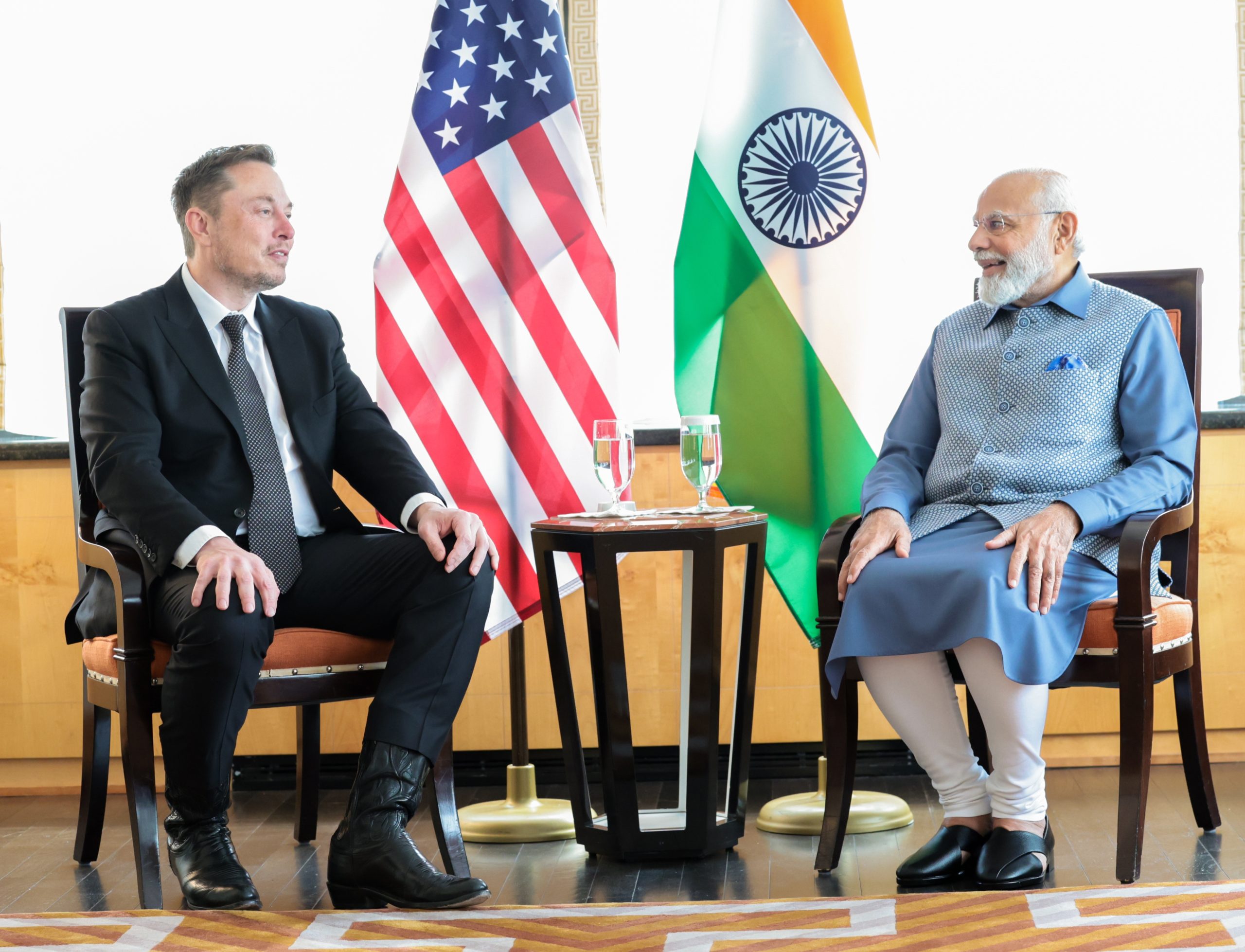
Tesla has officially launched in India following years of delays, as it brought its Model Y to the market for the first time on Tuesday.
However, the launch showed that pricing is going to be its biggest challenge. The all-electric Model Y is priced significantly higher than in other major markets in which Tesla operates.
On Tuesday, Tesla’s Model Y went up for sale for 59,89,000 rupees for the Rear-Wheel Drive configuration, while the Long Range Rear-Wheel Drive was priced at 67,89,000.
This equates to $69,686 for the RWD and $78,994 for the Long Range RWD, a substantial markup compared to what these cars sell for in the United States.
🚨 Here’s the difference in price for the Tesla Model Y in the U.S. compared to India.
🚨 59,89,000 is $69,686
🚨 67,89,000 is $78,994 pic.twitter.com/7EUzyWLcED— TESLARATI (@Teslarati) July 15, 2025
Deliveries are currently scheduled for the third quarter, and it will be interesting to see how many units they can sell in the market at this price point.
The price includes tariffs and additional fees that are applied by the Indian government, which has aimed to work with foreign automakers to come to terms on lower duties that increase vehicle cost.
Tesla Model Y seen testing under wraps in India ahead of launch
There is a chance that these duties will be removed, which would create a more stable and affordable pricing model for Tesla in the future. President Trump and Indian Prime Minister Narendra Modi continue to iron out those details.
Maharashtra Chief Minister Devendra Fadnavis said to reporters outside the company’s new outlet in the region (via Reuters):
“In the future, we wish to see R&D and manufacturing done in India, and I am sure at an appropriate stage, Tesla will think about it.”
It appears to be eerily similar to the same “game of chicken” Tesla played with Indian government officials for the past few years. Tesla has always wanted to enter India, but was unable to do so due to these import duties.
India wanted Tesla to commit to building a Gigafactory in the country, but Tesla wanted to test demand first.
It seems this could be that demand test, and the duties are going to have a significant impact on what demand will actually be.
Elon Musk
Tesla ups Robotaxi fare price to another comical figure with service area expansion
Tesla upped its fare price for a Robotaxi ride from $4.20 to, you guessed it, $6.90.

Tesla has upped its fare price for the Robotaxi platform in Austin for the first time since its launch on June 22. The increase came on the same day that Tesla expanded its Service Area for the Robotaxi ride-hailing service, offering rides to a broader portion of the city.
The price is up from $4.20, a figure that many Tesla fans will find amusing, considering CEO Elon Musk has used that number, as well as ’69,’ as a light-hearted attempt at comedy over the past several years.
Musk confirmed yesterday that Tesla would up the price per ride from that $4.20 point to $6.90. Are we really surprised that is what the company decided on, as the expansion of the Service Area also took effect on Monday?
But the price is now a princely $6.90, as foretold in the prophecy 😂
— Elon Musk (@elonmusk) July 14, 2025
The Service Area expansion was also somewhat of a joke too, especially considering the shape of the new region where the driverless service can travel.
I wrote yesterday about how it might be funny, but in reality, it is more of a message to competitors that Tesla can expand in Austin wherever it wants at any time.
Tesla’s Robotaxi expansion wasn’t a joke, it was a warning to competitors
It was only a matter of time before the Robotaxi platform would subject riders to a higher, flat fee for a ride. This is primarily due to two reasons: the size of the access program is increasing, and, more importantly, the service area is expanding in size.
Tesla has already surpassed Waymo in Austin in terms of its service area, which is roughly five square miles larger. Waymo launched driverless rides to the public back in March, while Tesla’s just became available to a small group in June. Tesla has already expanded it, allowing new members to hail a ride from a driverless Model Y nearly every day.
The Robotaxi app is also becoming more robust as Tesla is adding new features with updates. It has already been updated on two occasions, with the most recent improvements being rolled out yesterday.
Tesla updates Robotaxi app with several big changes, including wider service area
News
Tesla Model Y and Model 3 dominate U.S. EV sales despite headwinds
Tesla’s two mainstream vehicles accounted for more than 40% of all EVs sold in the United States in Q2 2025.
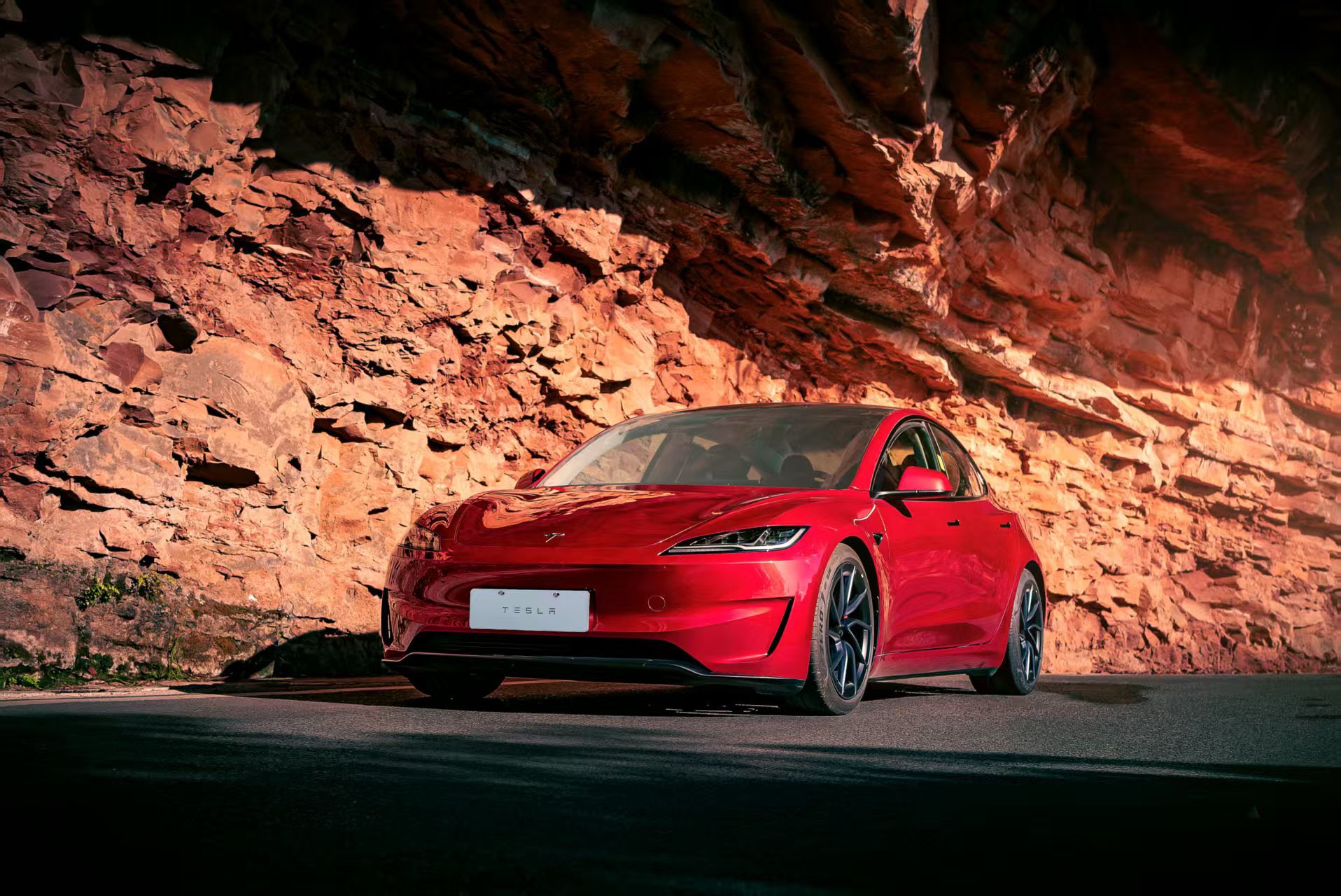
Tesla’s Model Y and Model 3 remained the top-selling electric vehicles in the U.S. during Q2 2025, even as the broader EV market dipped 6.3% year-over-year.
The Model Y logged 86,120 units sold, followed by the Model 3 at 48,803. This means that Tesla’s two mainstream vehicles accounted for 43% of all EVs sold in the United States during the second quarter, as per data from Cox Automotive.
Tesla leads amid tax credit uncertainty and a tough first half
Tesla’s performance in Q2 is notable given a series of hurdles earlier in the year. The company temporarily paused Model Y deliveries in Q1 as it transitioned to the production of the new Model Y, and its retail presence was hit by protests and vandalism tied to political backlash against CEO Elon Musk. The fallout carried into Q2, yet Tesla’s two mass-market vehicles still outsold the next eight EVs combined.
Q2 marked just the third-ever YoY decline in quarterly EV sales, totaling 310,839 units. Electric vehicle sales, however, were still up 4.9% from Q1 and reached a record 607,089 units in the first half of 2025. Analysts also expect a surge in Q3 as buyers rush to qualify for federal EV tax credits before they expire on October 1, Cox Automotive noted in a post.
Legacy rivals gain ground, but Tesla holds its commanding lead
General Motors more than doubled its EV volume in the first half of 2025, selling over 78,000 units and boosting its EV market share to 12.9%. Chevrolet became the second-best-selling EV brand, pushing GM past Ford and Hyundai. Tesla, however, still retained a commanding 44.7% electric vehicle market share despite a 12% drop in in Q2 revenue, following a decline of almost 9% in Q1.
Incentives reached record highs in Q2, averaging 14.8% of transaction prices, roughly $8,500 per vehicle. As government support winds down, the used EV market is also gaining momentum, with over 100,000 used EVs sold in Q2.
Q2 2025 Kelley Blue Book EV Sales Report by Simon Alvarez on Scribd
-

 Elon Musk2 weeks ago
Elon Musk2 weeks agoTesla investors will be shocked by Jim Cramer’s latest assessment
-

 News3 days ago
News3 days agoTesla debuts hands-free Grok AI with update 2025.26: What you need to know
-

 Elon Musk1 week ago
Elon Musk1 week agoElon Musk confirms Grok 4 launch on July 9 with livestream event
-

 Elon Musk5 days ago
Elon Musk5 days agoxAI launches Grok 4 with new $300/month SuperGrok Heavy subscription
-

 News2 weeks ago
News2 weeks agoTesla Model 3 ranks as the safest new car in Europe for 2025, per Euro NCAP tests
-

 Elon Musk2 weeks ago
Elon Musk2 weeks agoxAI’s Memphis data center receives air permit despite community criticism
-

 News5 days ago
News5 days agoTesla begins Robotaxi certification push in Arizona: report
-

 Elon Musk2 weeks ago
Elon Musk2 weeks agoTesla scrambles after Musk sidekick exit, CEO takes over sales

